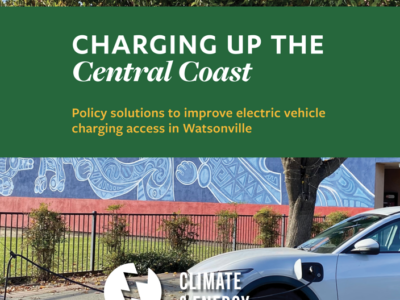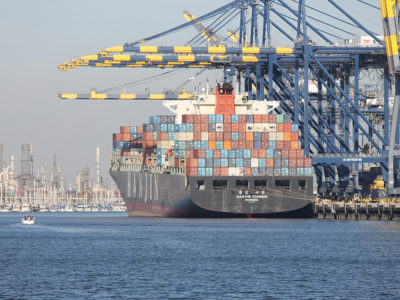Battery Electric Vehicles
What can we learn from EU’s battery regulation?
New CLEE report with model policies to ensure a responsible EV battery supply chain
From cars and trucks to buses and trains, electric vehicles are playing an increasingly vital role in decarbonizing mobility and reducing oil dependence However, this transition brings with it a significant challenge: the immense pressure on battery supply chains. As demand for EVs increases, consumer countries will need to develop and implement policies that address the …
Continue reading “What can we learn from EU’s battery regulation?”
CONTINUE READINGHow Can Cities Ensure EV Charging Accessibility for Lower-Income Drivers?
Watsonville, California as a Case Study for Policymakers
California’s ambitious goal to end the sale of internal combustion engine passenger vehicles by 2035 will require addressing the challenges faced by lower- and moderate-income drivers in accessing battery-powered electric vehicles (EVs). Chief among these concerns is their need to have a convenient and affordable place to charge the vehicles. Currently these residents too often …
Continue reading “How Can Cities Ensure EV Charging Accessibility for Lower-Income Drivers?”
CONTINUE READINGHow Much Credit Can California Take for the Electric Vehicle Revolution?
New CLEE report responds to criticism over how the state quantifies policy impacts.
The California Air Resources Board (CARB) is the state’s lead agency on zero-emission vehicle policy, from its first-in-the-nation mandate on automakers to produce zero-emission models to its wide-ranging incentive programs, among other policy approaches. But in 2021, the California State Auditor released a report criticizing how CARB measures the effects of its zero-emission vehicle policies. …
Continue reading “How Much Credit Can California Take for the Electric Vehicle Revolution?”
CONTINUE READINGA Great Victory For Electric Cars
But Beware: Neanderthal GOP Judges Are Waiting To Strike It Down
With all the attention being paid to Volodymyr Zelenskyy’s visit to Washington, and the release of the January 6th Committee, you might have missed the (second) most important environmental story of the week: The U.S. Postal Service will buy 66,000 vehicles to build one of the largest electric fleets in the nation, Biden administration officials …
Continue reading “A Great Victory For Electric Cars”
CONTINUE READINGRegister Now: Toward Zero-Emission Freight At Southern California’s Ports
Free daylong conference at UCLA on Friday, June 8th will examine the prospects, pitfalls & policy needs
The Ports of Los Angeles and Long Beach bring more goods into the U.S. than any other ports in the country. Yet together the ports are the single largest source of air pollution in Southern California. Harbor commissioners have adopted an ambitious plan to transition to cleaner fuels for goods movement in and around the …
Continue reading “Register Now: Toward Zero-Emission Freight At Southern California’s Ports”
CONTINUE READING








